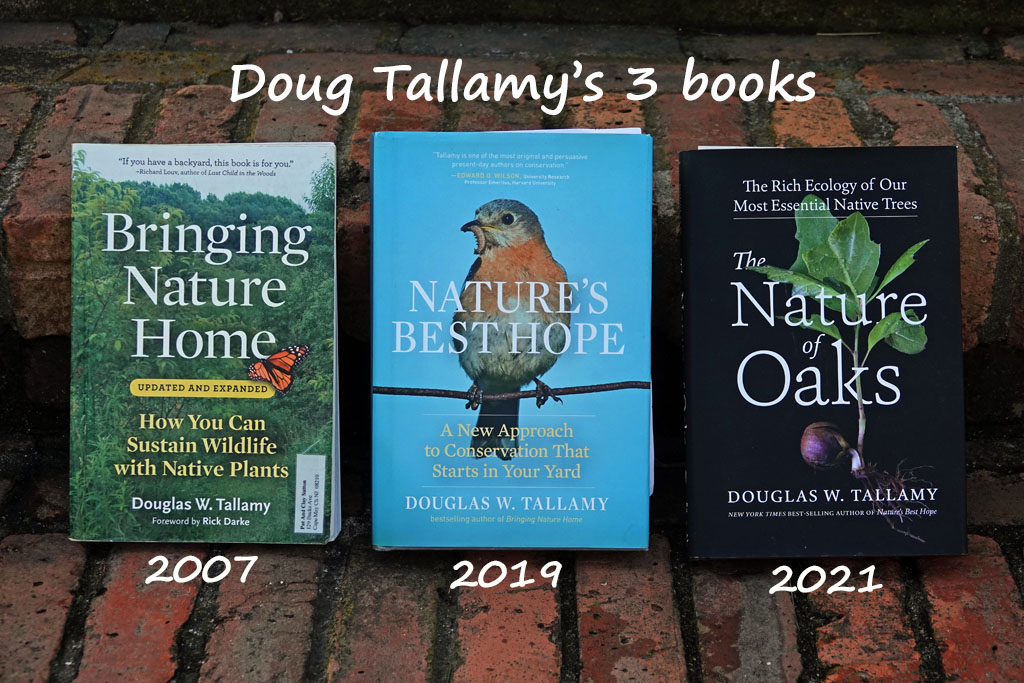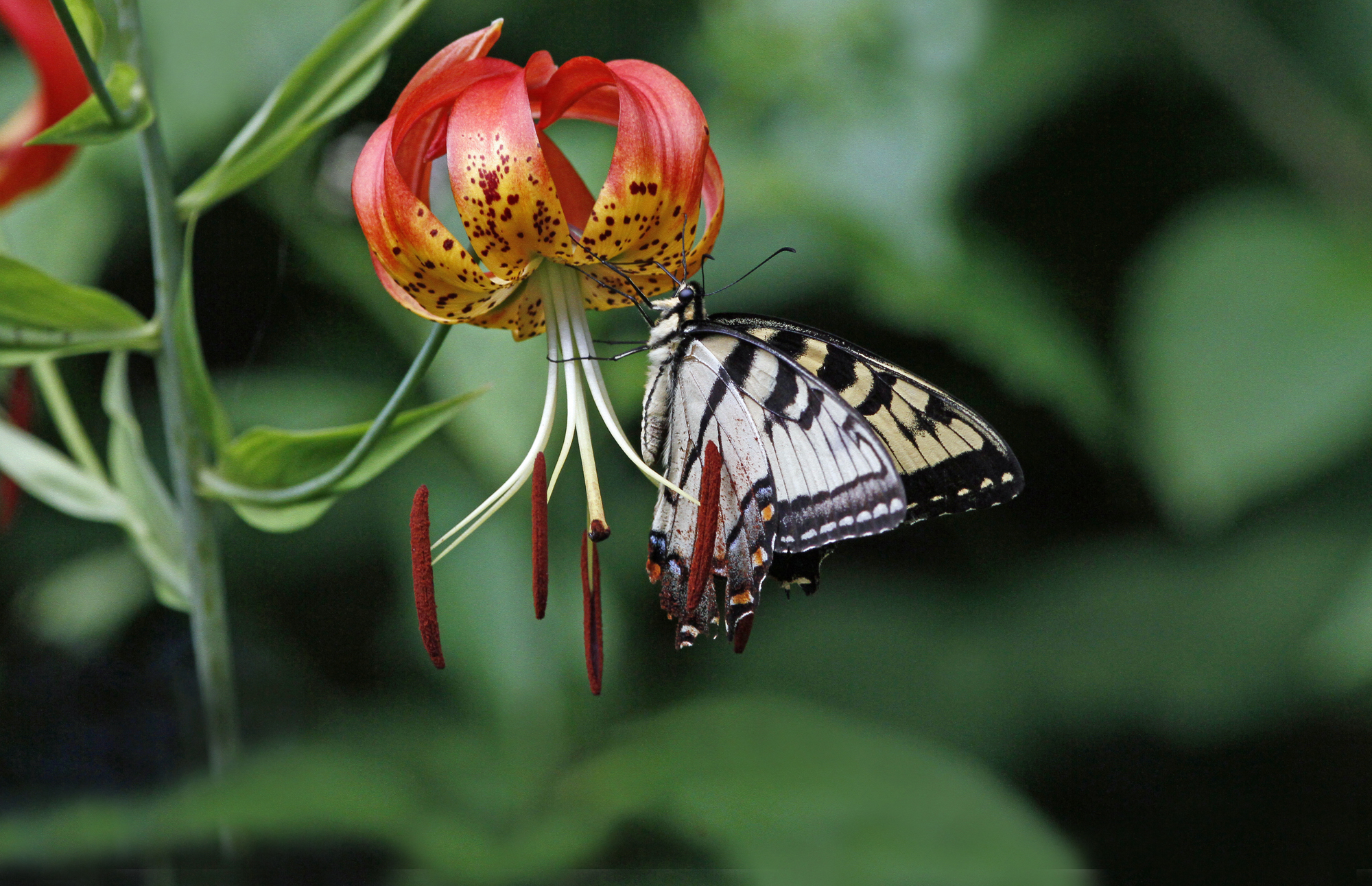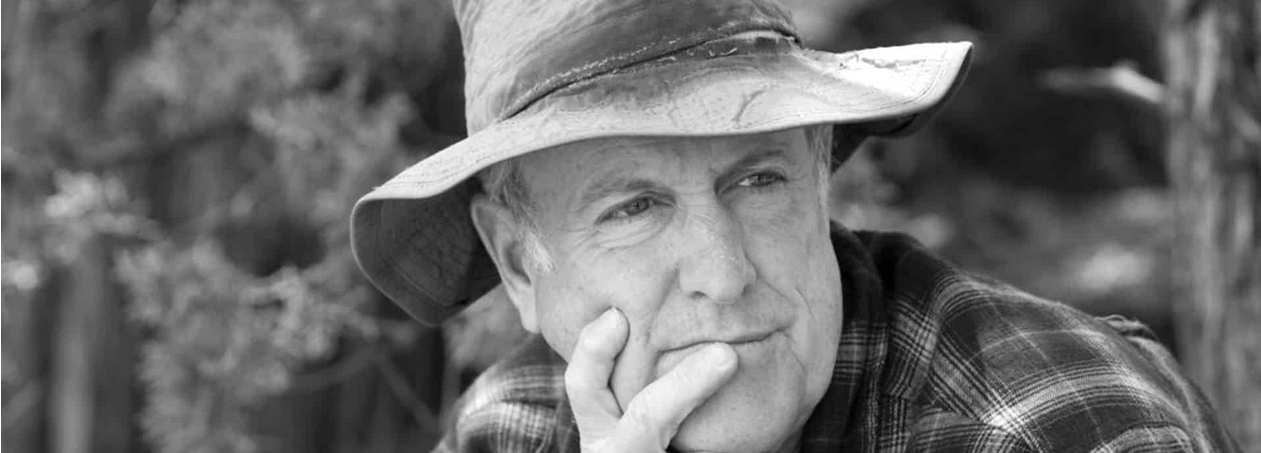All too often gardening is one-dimensional and focused simply on creating a tidy, pretty space. Learn how important it is to garden and landscape with native plants (they are beautiful too) so that butterflies, moths, birds, and all the creatures that bring us joy can survive and flourish.
Just about everyone knows that Monarchs need to lay their eggs on Milkweeds. That is true of so many of our butterflies and moths; they need a specific native plant to lay their eggs on to create the next generation. Otherwise they will “wink out.” Landscapes of Crape Myrtle (native to China and Korea), Bradford Pear (native to China and Vietnam), Forsythia (native to China), Hastas (native to China, Japan, and Korea), Burning Bush (native to northeast Asia), Norway Maple (native to Europe and western Asia), etc. might as well be plastic to our native butterflies and moths, a dead end for their future.
Learn how simple it is to change the course of dwindling bird, butterfly, and moth numbers by gardening for LIFE with native plants. Learn from the guru who has taught so many so much, Doug Tallamy: Entomologist, professor at the University of Delaware, and author of three highly educational, eye-opening, and award-winning books.
Don’t miss this opportunity to hear Doug Tallamy speak. Too, please spread the word. Let’s grow our numbers! He is coming to Atlantic County (Atlantic City, NJ) the evening of March 11th to share his program, “Nature’s Best Hope.” DO NOT MISS IT!!! Bring your friends, family, neighbors, co-workers, and your landscaper (so you can speak the same language)! Details follow:
Monday, March 11, 2024
7:00 – 8:30 pm
Doug Tallamy to present “Nature’s Best Hope”
WHERE: Stockton University Atlantic City Campus
Fannie Lou Hamer Event Hall
3711 Atlantic Avenue
Atlantic City, NJ 08401
Admission is FREE; but REGISTRATION is required by clicking HERE
Hosted by the Absecon Island Green Team, Ventnor Green Team, Sustainable Margate, Atlantic City Green Team, Sustainable Downbeach
Copies of Doug Tallamy’s books will be available
for purchase & signing (cash & checks will be accepted)
Plan to attend this exciting event featuring Doug Tallamy, a renowned expert in conservation and ecology. Discover how you can make a positive impact on nature right in your own backyard. Doug is the inspiration behind reintroducing native trees and plants to repopulate the dwindling bird and pollinator populations. Doug is a dynamic speaker and explains the functionality of native landscaping as opposed to non functional conventional landscapes. The presentation ifs free thanks to the many sponsors who have generously contributed to this event. Don’t miss this opportunity to learn from one of the best in the field and become a champion for the environment. Mark your calendars and get ready to be inspired!
BIO: Doug Tallamy is the T. A. Baker Professor of Agriculture in the Department of Entomology and Wildlife Ecology at the University of Delaware, where he has authored 111 research publications and has taught insect-related courses for 41 years. Chief among his research goals is to better understand the many ways insects interact with plants and how such interactions determine the diversity of animal communities. His books include Bringing Nature Home, The Living Landscape, co-authored with Rick Darke, Nature’s Best Hope, a New York Times Best Seller and The Nature of Oaks, which won the American Horticultural Society’s 2022 award. In 2021 he cofounded Homegrown National Park with Michelle Alfandari. His awards include recognition from The Garden Writer’s Association, Audubon, The National Wildlife Federation, Allegheny College, Ecoforesters, The Garden Club of America and The American Horticultural Association.
Doug Tallamy’s book, Nature’s Best Hope, planted the idea of Homegrown National Park. I’ve entered my half acre wildlife habitat to the HNP map. Have you? Don’t miss this opportunity to hear Doug Tallamy speak in person and have your questions answered!
Pat



